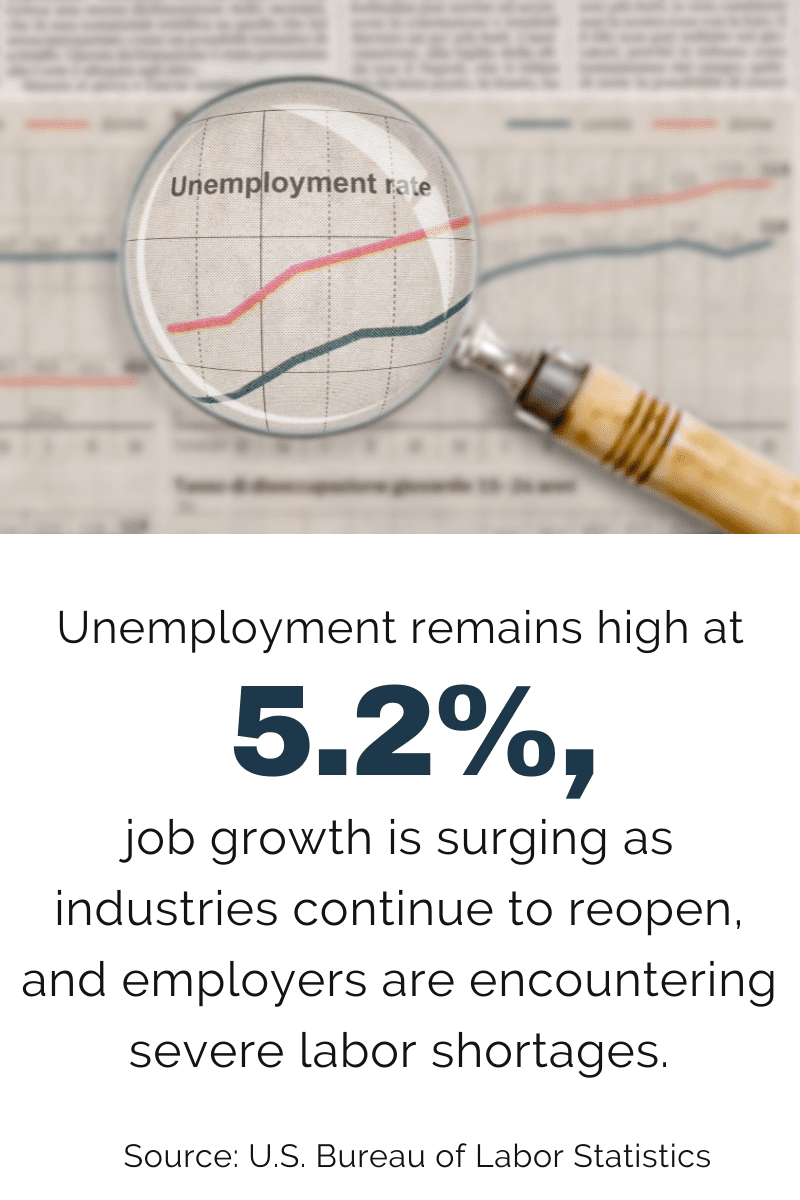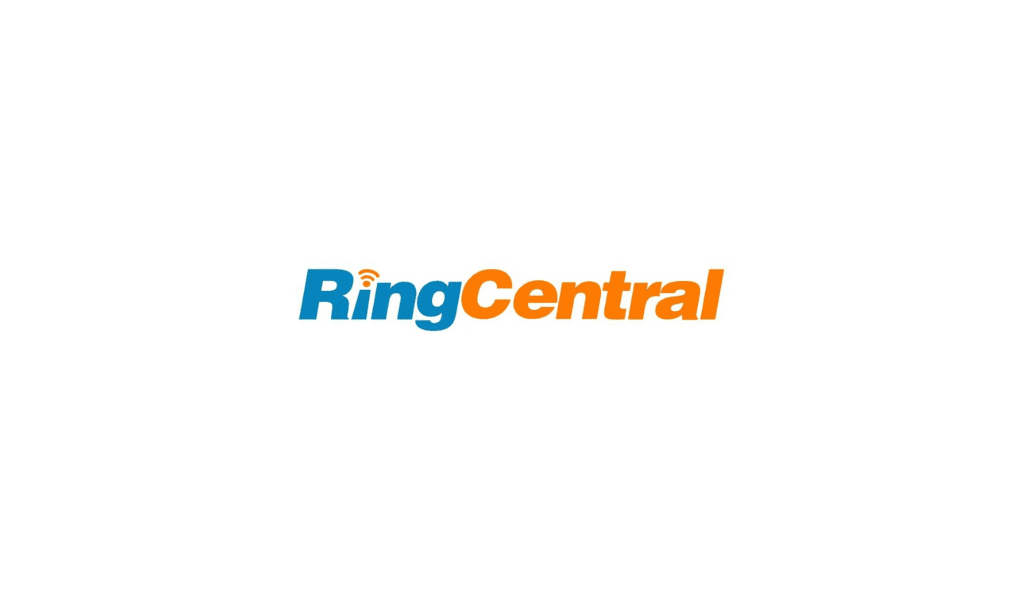In a tight labor market, a positive candidate experience is critical to high-volume hiring.
By Marta Chmielowicz
The war for talent is not new, but COVID-19 has amplified an already dire situation. The U.S. labor market is going through extraordinary times: Unemployment remains high at 5.2%, job growth is surging as industries continue to reopen, and employers are encountering severe labor shortages. In short, the candidates who were once at the top of the funnel are no longer there, and many companies are struggling to maintain their performance and delivery standards as they fight to attract and retain key employees.
“We’re really in unprecedented times right now,” says Marcy Maul, vice president of client services at Korn Ferry. “Some of the trends we’re seeing are affecting the pipeline of ready talent, but there is also significant burnout that is causing attrition at higher-than-normal levels. When you put it together, we’re seeing a lack of ready, capable, qualified talent to meet the hiring needs that are out there.”
Some industries are experiencing more strain than others. For example, Maul says that companies in the transportation and warehousing sectors have returned to pre-pandemic levels only to encounter a massive worker shortage that is threatening business continuity. Likewise, the pandemic’s shift to e-commerce has put pressure on the retail industry, but while the demand is higher than ever, workers are scarce and employees face long hours and burnout.
“The other trend that we’re seeing is a change in behavior,” explains Maul. “People have taken this last year to reevaluate and reprioritize. The market is candidate-driven, and people now have the confidence to walk away from a situation that is not meeting their personal needs because they know there are many opportunities out there. We’re seeing a rising demand but also a rise in people that are voluntarily leaving their jobs.”

How can HR leaders think outside of the box to broaden their talent pools and attract workers in this candidate-driven market?
- Leverage data and analytics to understand the talent pool. Data and analytics can help recruiters target their efforts and ensure a positive candidate experience.
“Data can help you understand the impact of where you’re advertising, where you’re attracting people, and how you can cultivate your message to those audiences. Data isn’t just about where people are coming from -it’s about responding to what they like, what’s working, and how they’re feeling engaged,” says Maul.
She recommends that HR leaders focus on qualitative data in addition to engagement metrics. By looking at what brought candidates into the pipeline and which part of the hiring process had the highest levels of engagement, hiring teams can harness the most impactful moments in the hiring process.
- Simplify the process. Making sure that hiring processes are simple and straightforward is another critical way organizations can speed up recruitment while delivering a more engaging experience to candidates. Marcy recommends that HR leaders utilize chatbots to answer standardized questions and ensure a high-touch experience for all applicants.
She also suggests that organizations avoid strenuous interview processes, particularly when hiring for high volume roles. “When you’re looking at volume recruiting, it’s tedious to tell someone to go through multiple rounds of interviews,” she explains. “You need a more streamlined, same-day decision. If you can gather the data and understand the competencies of all your applicants, you won’t need to compare a full slate of people for every opening. Having that mindset and harnessing data to speed up the decision process helps applicants feel respected and like they’re not jumping through hoops and obstacles.”
- Adopt a customized approach to recruitment. While delivering a streamlined hiring process is essential, hiring managers should make sure that they are personalizing their communications to better connect with each candidate. “You have to adapt your capabilities and know your audience so you deliver a hiring process that they personally respond to,” says Maul.
For younger workers in the tech generation, she recommends that organizations leverage automation, technology, artificial intelligence, and social media rather than relying on traditional job boards. Authentic brand marketing should also be top of mind.
“Your messaging needs to resonate with rising workers in a way that they can relate to and see themselves at the organization. There’s a need for authenticity and engaging your current workforce as brand ambassadors in order to share real stories in a transparent way.”
By utilizing data and technology, hiring teams can deliver a personalized, high impact experience that automates some of the administrative elements of the hiring process and gives recruiters back time that can be better spent connecting with candidates.














